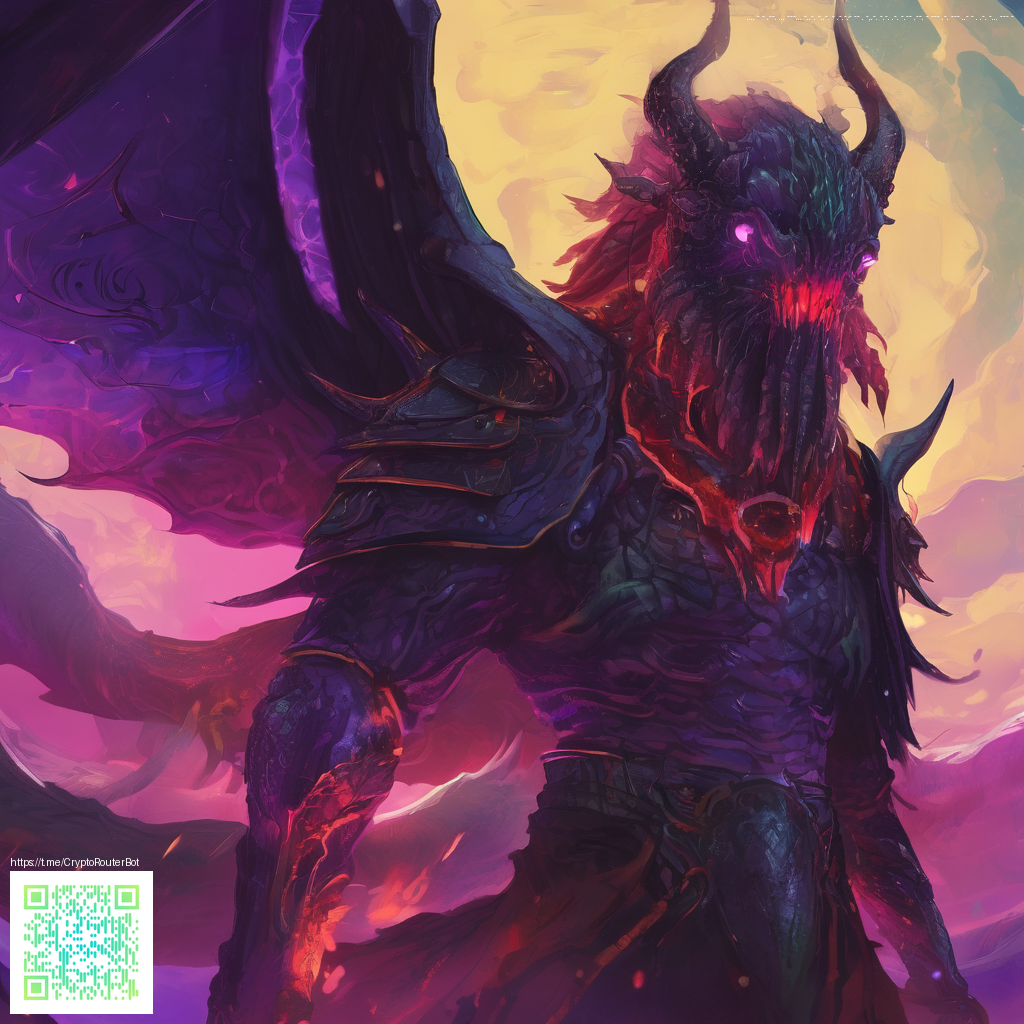
Crafting Realistic 3D Paper Textures in Blender
Blender provides a robust set of tools to translate the nuanced feel of real paper into a 3D surface. The goal isn’t just a flat color, but the interplay of micro-wrinkles, subtle translucency, and a believable edge that catches light just right. Whether you’re texturing a book cover, a postcard, or a prototype product surface, approaching paper from both an artistic and a technical angle will help you achieve results that readers and clients can “touch” with their eyes.
Paper has distinct physical traits: visible fiber direction, tiny folds, and crisp edges where sheets curl ever so slightly. It also exhibits slight translucency and a soft, directional roughness. In Blender, you’ll blend shading tricks with a careful UV layout to recreate these properties without overloading your scene with heavy geometry. A well-crafted texture workflow can take you from a flat slab to a tactile, believable sheet in your renders.
Getting your base mesh and UVs right
Begin with a simple plane or a slightly curved panel to mimic a sheet of paper. The geometry doesn’t need to be dense—just enough to support subtle bend and fold cues. In the UV editor, lay out the sheet so that you have clear, non-overlapping islands. Consistent texel density matters for paper; you want the grain and any printed details to read cleanly across the surface. A Smart UV Project approach works well for flat sheets, while more complex shapes benefit from hand-seamed unwraps to preserve edge crispness.
- Use a grayscale displacement map or a fine wrinkle normal map to simulate micro folds along the grain direction.
- Prepare a color texture that resembles the natural tint of paper—slightly warm whites or off-whites with subtle variation.
- Keep a separate roughness map to control how shiny the surface is at different points, especially near edges where paper would scuff and dull slightly.
- Include a subtle transmission or subsurface component to mimic translucency under strong light, but avoid making the surface too glassy.
In practice, you’ll be painting or baking maps that define how light interacts with the sheet. A clean, soft-edge alpha around the seam helps the texture feel stitched into place rather than painted on top. The goal is a tactile impression that remains believable at typical render distances.
Painting and procedural texture strategies
Blender’s shading network shines when you mix procedural textures with image-based maps. Start with a Principled BSDF shader as your core, and layer textures to achieve depth without sacrificing performance.
- Base color: a subtle, warm paper tone. Use a texture map or a carefully painted color ramp to avoid flatness.
- Roughness: a dedicated map to simulate matte surface variation—edges may be slightly rougher than the center.
- Normal map: adds the illusion of tiny fibers and faint creases without extra geometry.
- Displacement: a small amount of displacement can model raised fibers and edge irregularities. For performance, keep it compact with a Subdivision Surface modifier and use a Cycles render for high fidelity.
- Grain and fiber directions: layer subtle streaks aligned with the grain. Procedural noise or a scanned paper texture works well here.
Where possible, you can test textures against real-world items to calibrate lighting and material response. If you’re browsing for a tangible test surface, the Eco Vegan PU Leather Mouse Mat with Non-Slip Backing offers a practical desk item to compare how your textures react to highlights and soft shadows in a studio setup. You can explore the product here: Eco Vegan PU Leather Mouse Mat with Non-Slip Backing.
Lighting, rendering, and final touches
Lighting is the bridge between shader realism and perceived material quality. Use a three-point setup to reveal micro-structure: a key light to emphasize edge wear, a fill light to tone down harsh shadows, and a back rim to highlight translucency. In Blender, enable filmic tonemapping for a natural dynamic range, and keep an eye on how the paper texture reads under different angles. Subtle shadow catching and ambient occlusion can help readers detect depth without overpowering the texture details.
Another practical tip is to render with path tracing enabled (Cycles) to accurately simulate light interaction on the fiber surface. If you’re rendering in Eevee, bake a light map or use screen-space reflections to approximate the depth of the paper’s micro-geometry. In both cases, the texture's grain scale should stay consistent with the model’s size to prevent any “paper-like” scaling artifacts that break immersion.
Further exploration and inspiration
Texture work benefits from iteration. Save incremental versions as you tweak maps and shader nodes, and compare each pass against a simple reference shot of actual paper textures. For deeper reading on this topic, you can consult related content on the page linked below, which offers broader context and additional techniques: https://degenacolytes.zero-static.xyz/a5032c89.html.